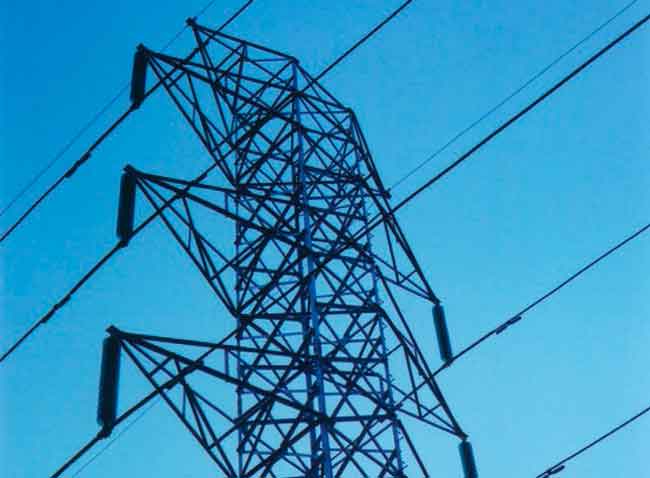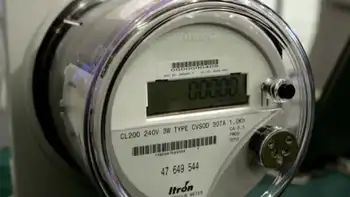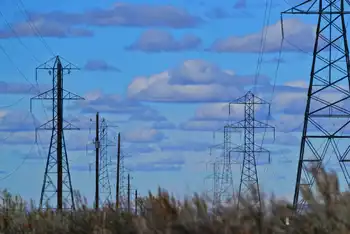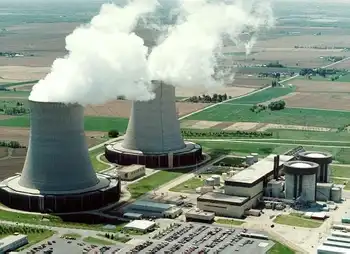Beijing lowers thermostats to avoid energy crunch
BEIJING, CHINA - China's capital will keep thermostats at a maximum 20 degrees Celsius (68 Fahrenheit) this winter to avoid another energy crunch.
Last winter, Beijing halted gas supplies to some industries and homes and asked hotels and office buildings to lower their heating dials after demand outstripped supply from Beijing's only source, PetroChina.
The city has 300,000 tonnes of coal in store for this winter, but heating systems in most modern office and apartment blocks are gas powered.
"Indoor temperatures will be above 16 degrees Celsius but no higher than 20 degrees this winter," the newspaper quoted an official of the Beijing Heating Group as saying.
Beijing has secured 2.91 billion cubic metres of natural gas for use over the four-month heating season which starts on Nov. 15, officials said.
"All the heating equipment will run at full rates. Should there be a long cold spell or a breakdown in the heating equipment, we will face a difficult situation of having no back-up sources," the official said.
PetroChina started up a second pipeline supplying natural gas to Beijing from Shaanxi province in July to help the capital stave off a winter fuel crunch.
The 900-km (560-mile) pipeline has an annual capacity of 12 billion cubic metres.
Nearly half the gas it carries will be channelled to Beijing and the rest fed into the massive west-to-east pipeline via a 920 km (572 mile) spur running to eastern Jiangsu province.
Beijing is forecast to nearly triple its use of natural gas to 8.5 billion cubic metres a year by 2014 as it battles to clear its often smoggy skies.
Related News
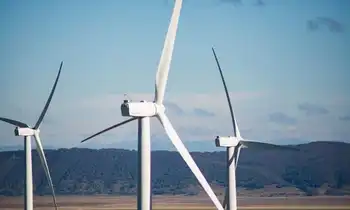
Ambitious clean energy target will mean lower electricity prices, modelling says
LONDON - The more ambitious a clean energy target is, the lower Australian wholesale electricity prices will be, according to new modelling by energy analysis firm RepuTex.
The Finkel review, released last month recommended the government introduce a clean energy target (CET), which it found would cut emissions from the national electricity market and put downward pressure on both wholesale and retail prices.
The Finkel review only modelled a CET that would cut emissions from the electricity sector by 28% below 2005 levels by 2030. But all available analysis has demonstrated that such a cut would not be enough to…

